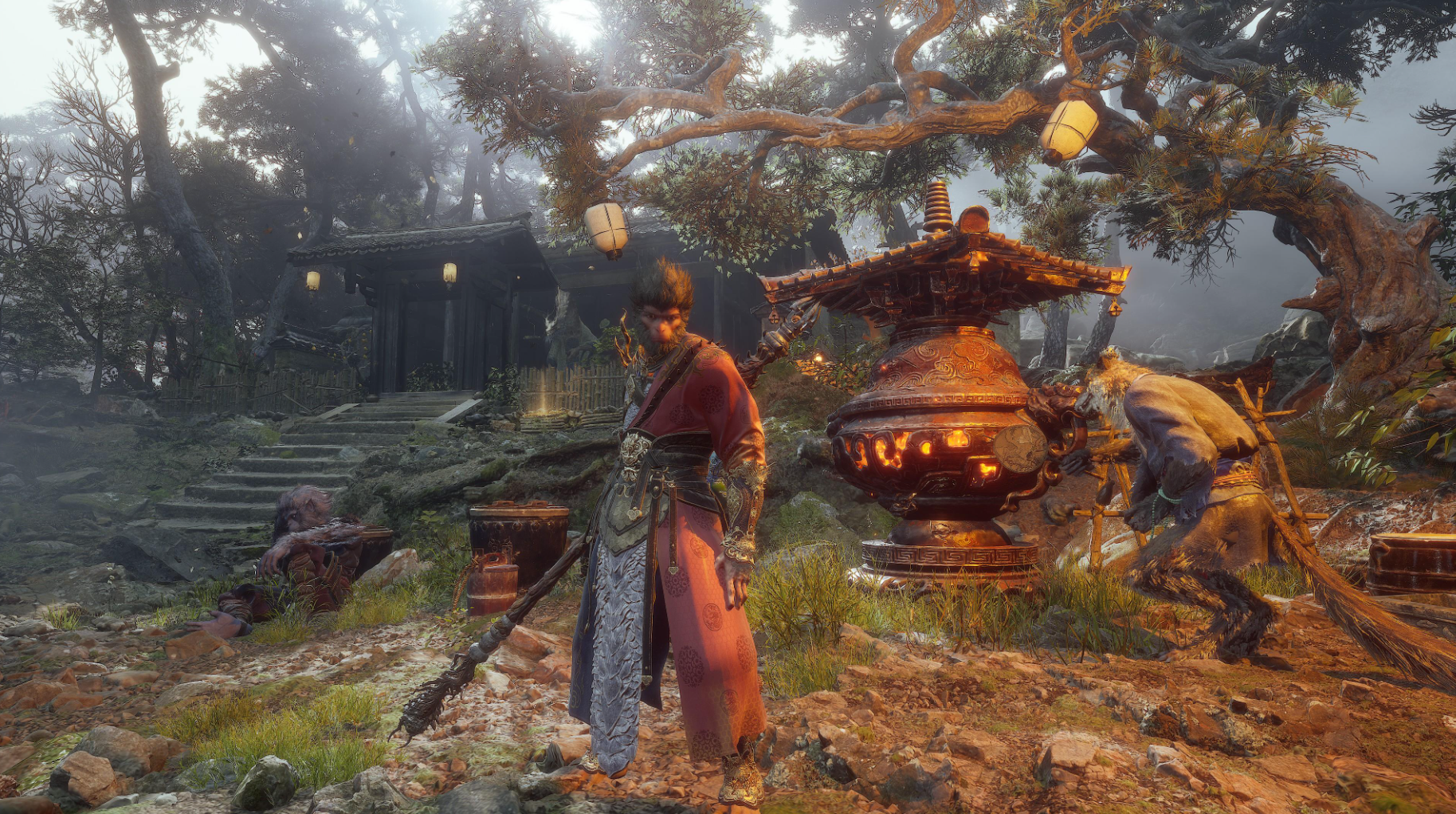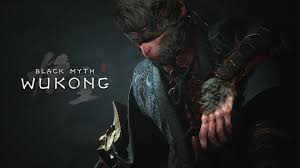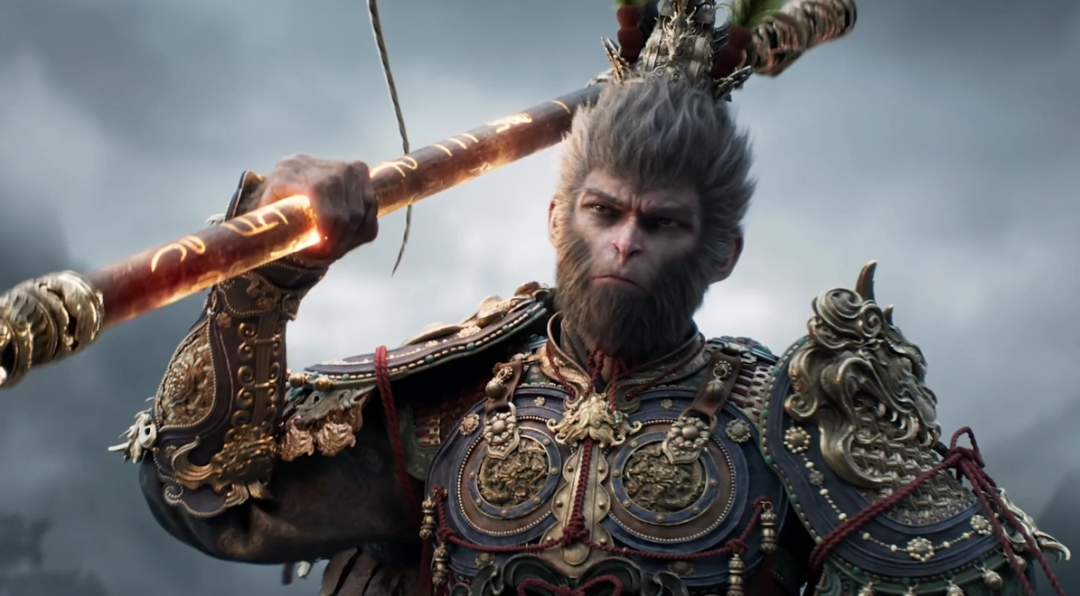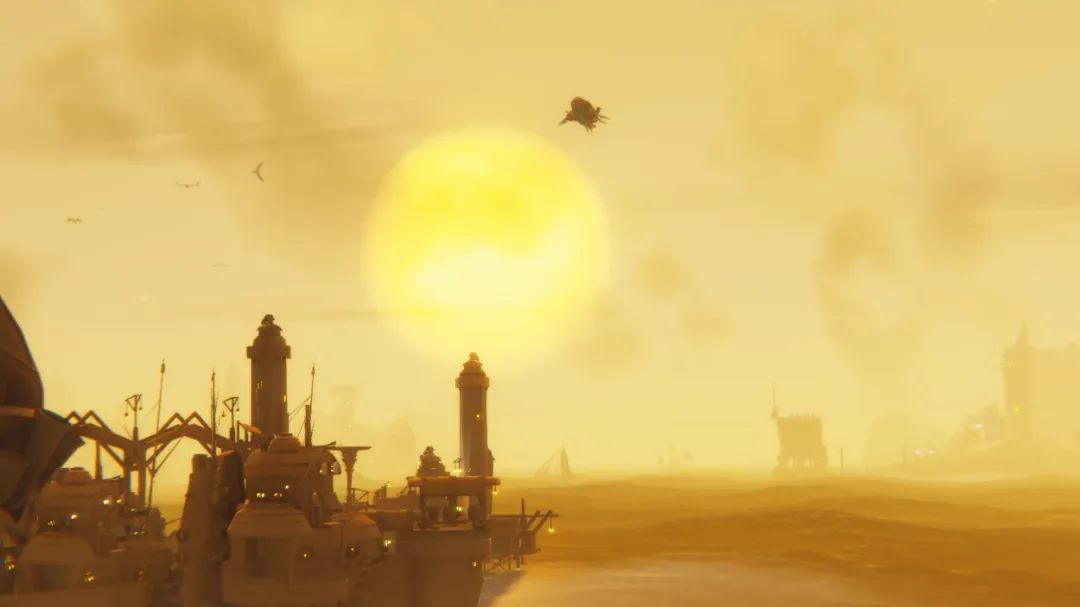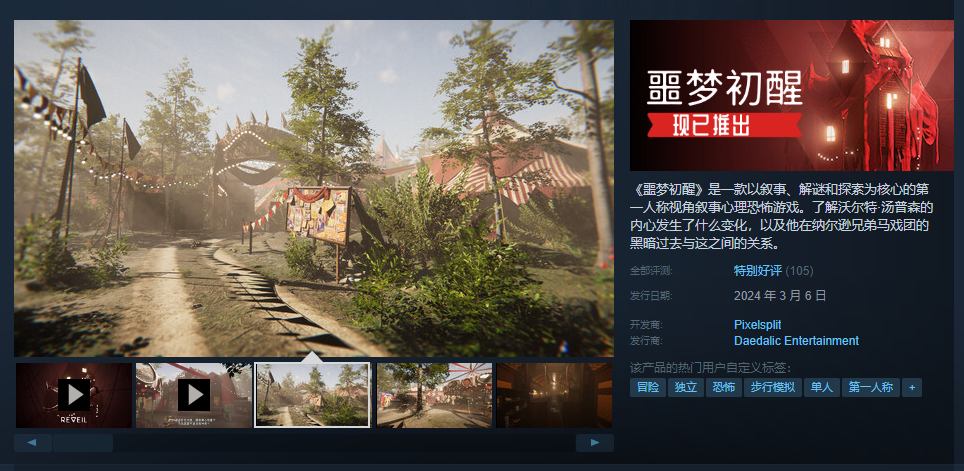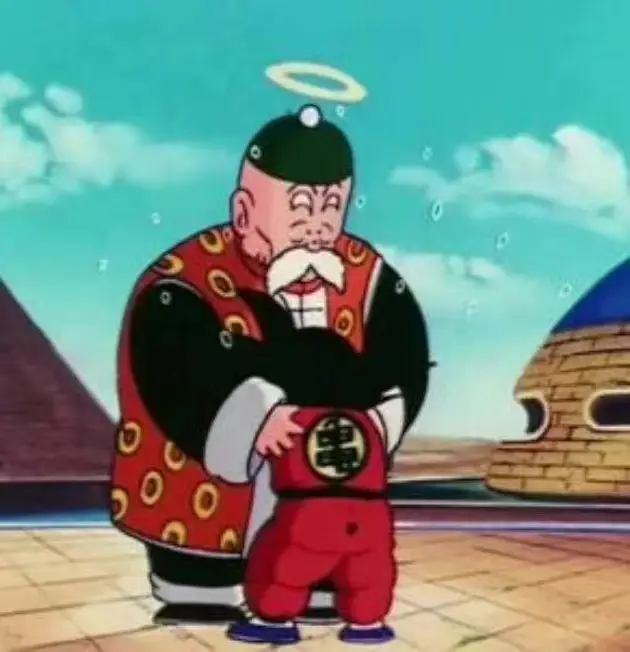
Characters familiar to the post-80s are starting to disappear
The process of growing old is slowly saying goodbye to everything familiar.
Many of my friends remember Mr. Akira Toriyama by saying that when they were young, they followed the Dragon Ball serials and went to the bookstore every week to ask if the next volume was coming. I envy them for being the first to wander into the world of Dragon Ball as a child.
I’m not quite the same, may be in the northern 18 line small county, information is particularly undeveloped, my earliest impression of the Dragon Ball, is cobbled together.
Chaos
In the 90’s when I was in elementary school, I often go to my cousin’s home there are a few Hainan Publishing House, “Seven Dragon Balls”, the cover is mottled, I do not know how many people looked through, that is my first contact with this work.
In that era of lack of entertainment, I naturally also put this basically only comic books read. It’s just that my cousin’s family had Dragon Ball in bits and pieces, and it was completely impossible to get the full storyline.
I remember one book was Goku growing up and dueling Piccolo at a Budokai (Piccolo gets as big as a mountain!) ; the next two books are the Namikirin chapter, where Kobayashi, Gohan, Vegeta and Frieza are desperately pitted against each other, and you’re on your side (and I get to transform three times); and then, suddenly, it’s the prelude to the Buu chapter, which is about Gohan’s school life when he’s all grown up (jumping up and down and catching a ball at 8 meters), and that’s all there is to it.
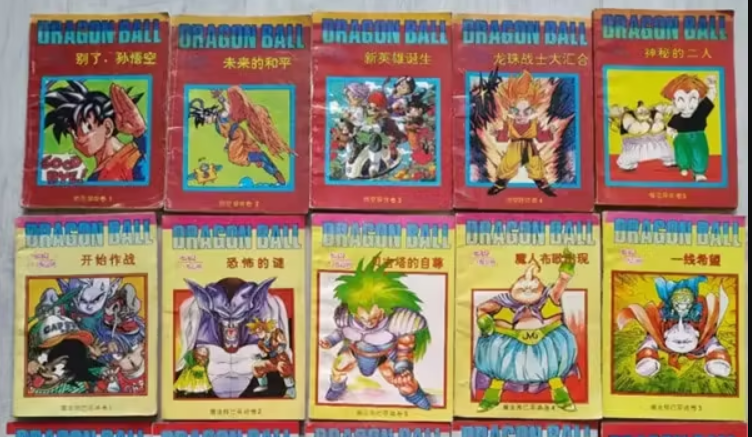
Hainan version of Dragon Ball
Predictably, I basically had no idea what Dragon Ball was about at the time, and I couldn’t even recognize all the people, but I still flipped through the pages several times and knew the famous scenes by heart. At the end of the Namco volume, Vegeta learns of Dandi’s healing powers and tries to use his Saiyan near-death gift to save the day, asking Kobayashi to put himself to put himself to death, and the last page of the screen is framed in that scene, and what exactly happened after that left me scratching my head. But there was no internet back then, so I don’t know is I don’t know.
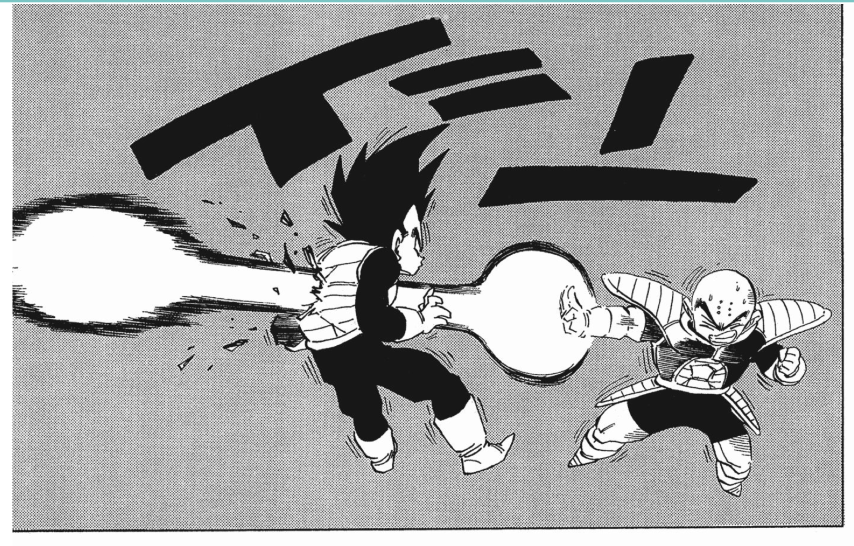
When I started reading Dragon Ball again, it was already around the year 2000 in junior high school. There was a sudden craze for reading Dragon Ball in my class, and dozens of manga were being circulated throughout the school, with almost every male student reading them. I did not read a few of the books that were circulated, but somehow I was caught and punished by the homeroom teacher by writing 200 times.
In the meantime, I had almost finished the Namco chapter and the part of Little Goku, and the suspense that had been bothering me for two years above was finally answered, and I met Super Saiyan.
There was only one bookstore in our part of the county that sold Dragon Ball (43 volumes in small format), and it was stocked on a mood basis, and it was never complete. I had almost no disposable pocket money before high school, so I basically relied on passing around my classmates’ books and reading whichever one I could find. The first Dragon Ball manga I actually bought was in high school, and I remember the title of the first book clearly, “Farewell, Proud Warrior”.

A few years down the line, like exchanging Water Margin cards, I actually finished all 40 volumes of Dragon Ball before college. I remember the last volume I filled was Volume 28, where Goku has just returned to Earth and encounters a time-traveling Trunks who sneaks up on Goku and tells him that his dad is going to be Vegeta, much to Goku’s astonishment. Of course, I already knew the answer to the suspense, and at this point the experience of watching the Dragon Balls in disorganized order seemed to be synchronized with the crossover plot of the book, and in a wonderful sense of inversion, I watched all of the Dragon Balls.
Because the span is so long, I can remember most of the scenes when I watched Dragon Ball. I begged my cousin to pick up the 43rd volume from his classmate’s house, and I waited excitedly outside the door; the Lattice chapter was borrowed from a kid in a summer calligraphy class, and there was a clip at the end of it where Vegeta and Nappa flew off to Earth, and I wasn’t familiar with them yet, so two years later I watched the Saiyans’ life-and-death battle on Earth from my classmate’s house; Goku vs Sharu was watched on a playground in junior high school’s P.E. class, and had to return it to him; by Super Sai 2 Goku vs Saru, I was watching all of the books in a synchronized way, and I could remember most of the scenes from when I watched it. Back; to the Super Sai 2 Gohan VS Saru, is the high school home from school at noon, on the couch while holding the bowl to eat, while watching Gohan pretend to be punched in the face and finally have to rely on his father, the summer sunshine through the window sprinkled on the couch.
It’s safe to say that the disorganized Dragon Balls are like beads with broken strings, scattered throughout my teenage and young adult years and forming a support for memories later in life. At the end of the Saru chapter, when the departed Goku could not be resurrected, and the main characters and their group swooped down from Rinta and went their separate ways, I could not be calmed for a long time, and for the first time, my young heart experienced the fall of an era.
Understanding
I’ve revisited Dragon Ball a few times as an adult. When the electronic version of Dragon Ball started to become available online, I was just going to save a random copy, but I couldn’t stop opening a volume. Then I revisited it once for an article, rewatched it in passing when I gave it to a friend for an encore, and watched it again when I gave it to my wife for an encore.
Even though the plot has long been familiar to me, I still watch it often, and I find something new every time. For example, Senzu’s wonderful use of narrative pacing and atmosphere creation, which I wrote an article about a few years ago.
But after reading more manga over the years, I’ve come to better appreciate what makes Akira Toriyama’s work truly world-class, which is the top-notch artwork and subplots.
Unlike later manga, Dragon Ball’s battles don’t rely on a wide variety of “special abilities”; most of the battles are really just simple punching and kicking and hair waves. The battles in Dragon Ball look good almost purely because of the neat, clear, smooth, and energetic subplots and drawings, a strength you’d be hard-pressed to see in any other manga.
Not to mention the fact that Dragon Ball fights can easily go on for pages without any text description, and that a series of action sequences can depict a fight scene faster than an anime, leaving the reader with no difficulty in comprehending it, a feat that no one has been able to match up to this day.
But any abusive words of beauty pale in today’s world, so why not revisit on your own those Dragon Ball bridges that made had you impressed, I think it’s the best way to honor Mr. Akira Toriyama’s memory.
Hidden in the City
18 years ago, Microsoft in order to open up the Japanese market, invited “Final Fantasy” father Hironobu Itaguchi and all generations of composer Nobuo Uematsu, joined hands with manga artist Akira Toriyama, launched a heavyweight RPG works “Blue Dragon”, intended to combine the two Japanese national signboards of the FF and DQ. DQ is the “Bravely Default”, from the generation of the beginning of the Toriyama Akira in charge of the art settings.
When I was playing Blue Dragon, I would sometimes run into a particular NPC with quirky lines, who would redeem some bonus props for you, and say things that would break the fourth wall and boggle the mind.
Years have passed, and I’ve forgotten everything about Blue Dragon, except for this NPC, who is the incarnation of Akira Toriyama in the game, and whose image is derived from his self-portrait.
As one of the world’s most renowned manga artists, Mr. Akira Toriyama rarely appeared in public after he became famous. This year, Akira Toriyama turns 68, and you’d be hard-pressed to find more images of him than a limited number of old photos from his youth.
Most of the time, people learn about Mr. Toriyama’s life through legends.
One widely circulated story is that back in the day, the Nagoya government built a highway from near Akira Toriyama’s house to the airport to keep him from moving, making it easier for Mr. Toriyama to send manuscripts to Shonen JUMP magazine.
At the turn of the century, Dragon Ball was a guaranteed seller, with every Dragon Ball adaptation never falling below 500,000 units. That was a pretty high number at the time, and I got my first taste of the power of IP when I read that claim in Electronic Game Software.
Akira Toriyama died of an acute subdural hematoma on March 1, and it wasn’t until the seventh day of his life, today, that an obituary was made public in Japan. Mr. Ichi was low-profile, the funeral was attended only by close relatives, and his last wish was to decline outside condolences, ceremonies, offerings, flowers, and other gestures on behalf of the condolences, and pleaded with the outside world not to interview the family, hoping to leave in peace and quiet.
The world was shocked.
I’ve always felt that aside from childhood filters, Akira Toriyama is also a catchy Japanese name that has a high affinity among the Chinese. Even if we can’t say that a generation has all seen Dragon Ball, Akira Toriyama is at least a household name.
The Ministry of Foreign Affairs has also confirmed the Chinese people’s affection for Mr. Akira Toriyama.
Coincidence
One of the scenes that touched me the most in Dragon Ball was an obscure episode.
In the Buu chapter, Goku, who has returned to earth from the underworld for a day, goes through various great battles and is about to return to the netherworld with very little time left after teaching Goten and Trunks their combined skills. As they part ways, Goten is left wanting to say something.
Kiki then sees what’s going on and says that you just want your dad to hug you but you’re too embarrassed to say it, after all, father and son have never met before.
Goku said, “Geez, you could have just said it earlier”. Goku then lifts Goten up high and Goten fights back tears. Goku says to Goten that you have to take care of your mom, while Kiki wipes her tears.
See you all when you die.
Dragon Ball is mostly about fighting and growing up, with very little emotion portrayed, and here are just a few subplots.
One of my favorite songs to listen to at the time was Ren Xianqi’s “Can’t Die”, and seeing it here on a single song loop, I was suddenly poked to tears. Every time I’ve heard this song since then, I’ve been reminded of all the times I watched Dragon Ball back in the day, and the manga and music from that time have been etched in my mind like an imprint for the past 20 years.
Today, when I read the sad news about Mr. Akira Toriyama, I wanted to accept it calmly and not talk about it anymore. However, as if it was meant to be, when I opened NetEase Cloud Music on my computer as usual, this search suggestion miraculously appeared in the search bar at the top.
I hadn’t listened to this song for over a year, and in that instant, a wariness flooded my skin, and all sorts of memories came flooding back to me, so I wrote these words.
They say the process of growing old is slowly saying goodbye to everything familiar. Mr. Akira Toriyama’s departure has allowed the generation that grew up with Dragon Ball to truly feel a farewell in advance.
I’m sad to see you go, but goodbye.


